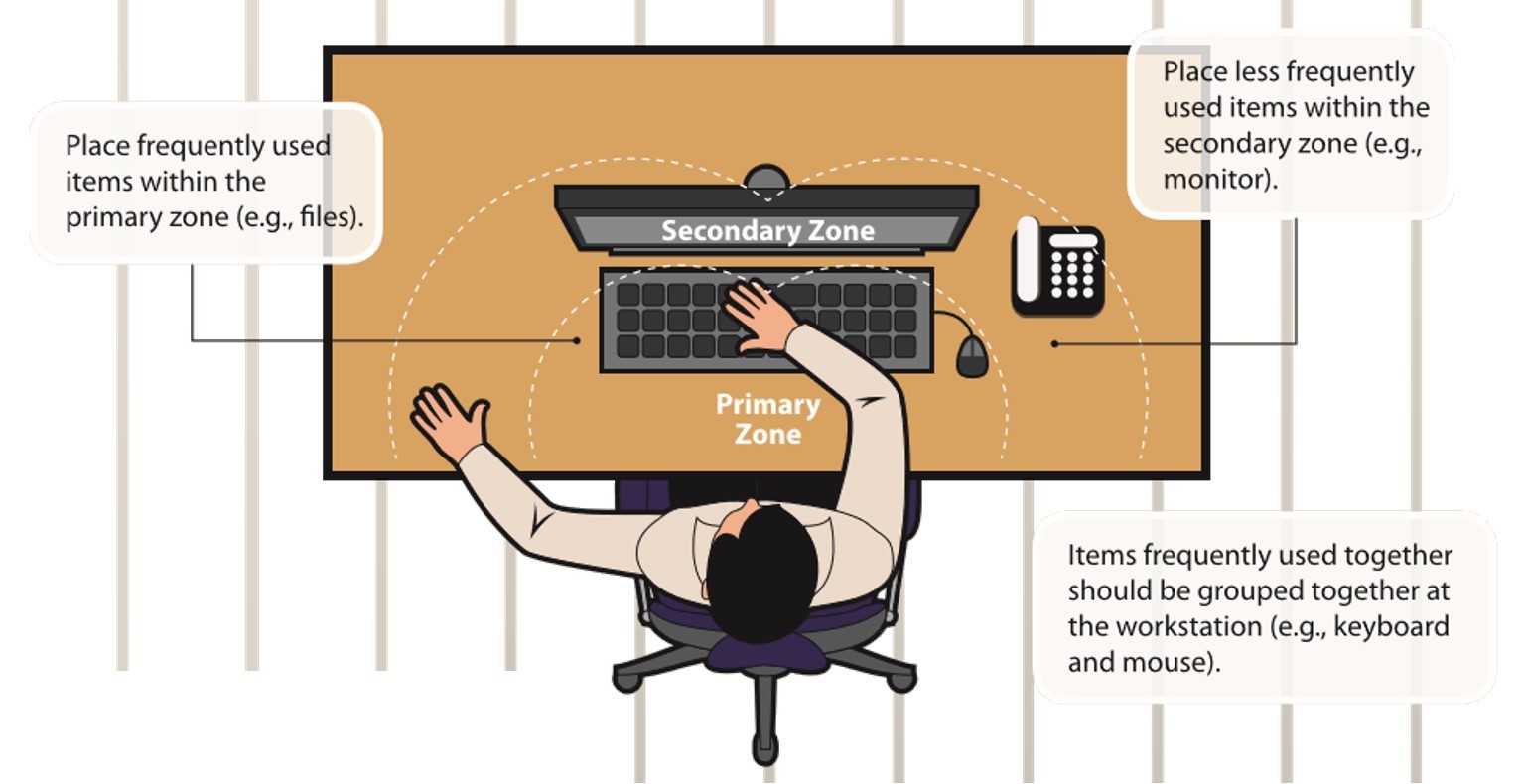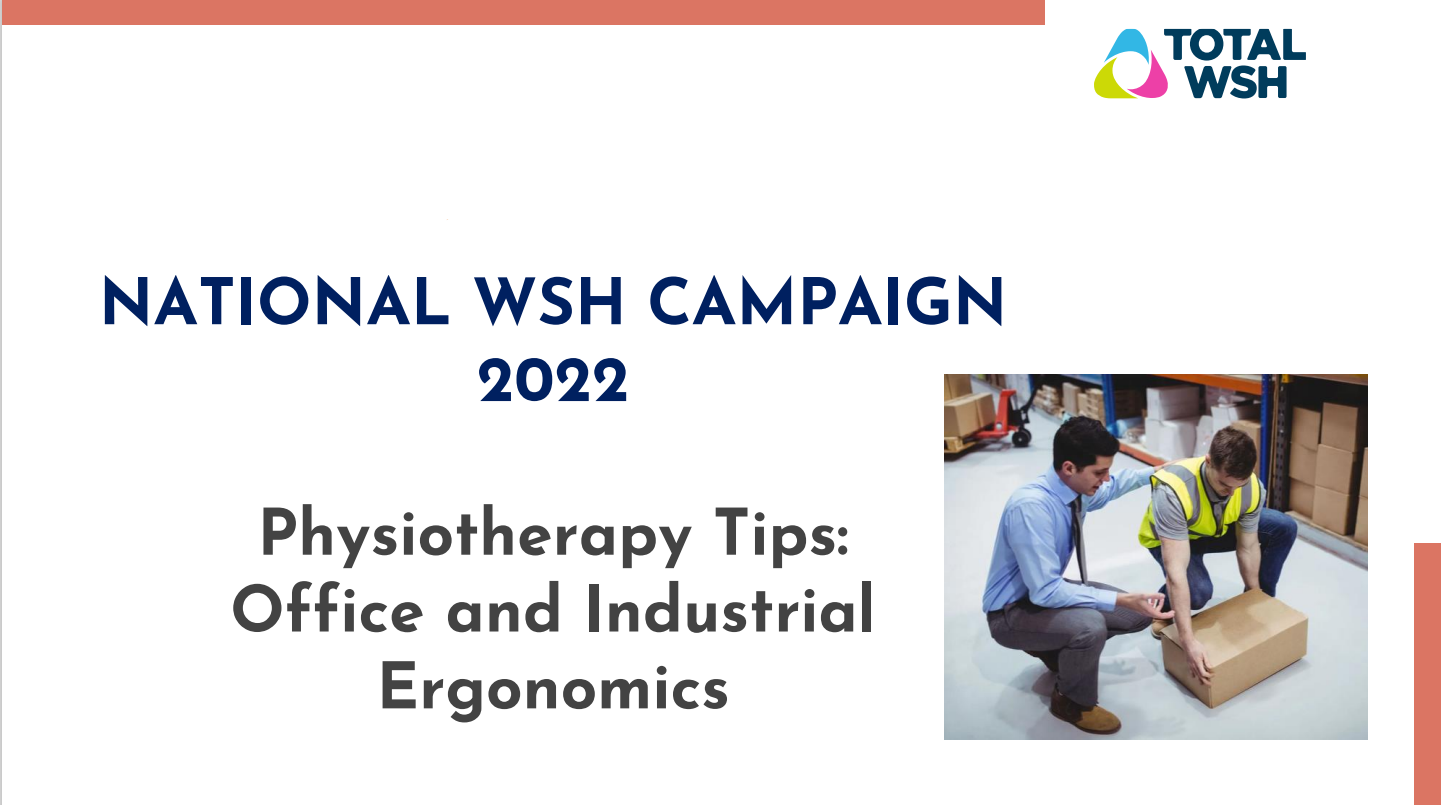Office Safety and Health
Learn about common hazards in the office and how you can prevent them.
About Office Safety and Health
Most offices are considered safe environments when compared to traditional high-risk workplaces such as construction sites, factories and shipyards. This is a common misconception because different types of hazards are present in different workplaces.
You may have seen colleagues tripping over stray wires, falling off office chairs or being hit by poorly stored objects in the office. We need to pay attention to these everyday risks, which can lead to work incidents and injuries.
Common Hazards in the Office
If you take a closer look in your office, you can uncover a surprising number of hazards. Spot them and manage the safety and health risks.
|
Hazard |
Preventive Measure(s) |
|
Slips and trips |
Clean up any spill or leak immediately. Clear walkways of boxes and cables. |
|
Falls |
Use a stepladder to access high shelves. |
|
Falling objects |
Do not overload shelves and cabinets. |
|
Lifting loads |
Seek help from colleague when lifting heavy objects. |
|
Static postures |
Stretch or move about regularly at workstation. |
Office Ergonomics
Many of us spend a significant amount of time working in front of computers in office. Poorly designed workstations may contribute to health problems and make us less productive.
Specific work-related risk factors include:
- Fixed, constrained or awkward postures
- Repetitive actions
- Tight schedules and a fast pace of work
- Prolonged or uninterrupted work
- Poor lighting and glare
Most of these problems can be prevented by setting up the workstation with the needs of the employee and task in mind. The workstation should allow the employee to maintain comfortable and neutral body postures. This reduces stress and strain on the muscles.
You should adjust your chair correctly; place the monitor, keyboard and mouse in the correct positions; and adopt a good sitting posture.








